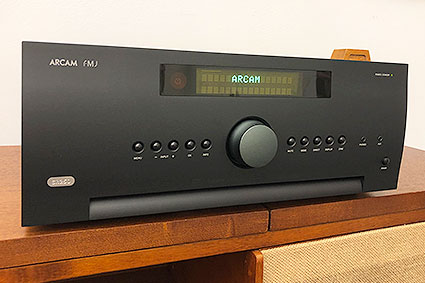Alan Surrey
Member
- Messages
- 998
Do let us know how they sound 
I bought them cheap because the guy just wanted them gone
The only issue is the CD player , repair guy says it's working but sometimes struggles to lock on , pretty sure it's not the laser as the waveforms are good , which is handy as they're no longer available from Roksan
I know none of it has been used for at least 6 years so they're going to run it for a few days to see if it improves
On pink fish somebody said it was a sanyo laser This is the reply I got
It is that model yes.. but the 6/6 version as there are at least 3 types.. There are sellers out there touting 'new' ones, though none have been made for maybe 25 years.. We would have to risk trying one..probably the Liberty electronics one. I'm also not 100% it is the laser.. the waveform looks good , and once locked on it runs, but it has glitches causing mis-track lock ... a bit weird.
No there's probably still a profit in them without the CD player , I'm going to get them , probably Saturday and try them out , he said he used the integrated as a pre-amp and the 2 power amps one per speaker though as they're stereo power amps and a stereo integrated I'm not really sure how that worksSuprising. Well not losing much are you?
C
That's what I assumed , I wasn't really paying attention"Two stereo power amps, one per speaker..." I may have miscounted or misunderstood, but did he bridge them into his speakers and go seriously loud?
Perhaps he was bi-amping. Ie one channel each for tweeters and woofers with and active crossover?
Eb
True. Each speaker would have its own crossover
Eb
Verdict is in , very very goodDo let us know how they sound

I have clearly missed a few letters. My hifi has a good old class AB output stage (and, I think, sounds pretty good.) In the kitchen I have class D and it sounds perfectly ok in the kitchen, but what is class G? And can anyone tell me what E and F were?
I have been told that the annexe to the church I used to attend has a professional digital (D) output stage of a few kilowatts and sounds sweet and detailed as you would hope, even against the professional AB equipment in the main hall. So I'm not against digital output stages.

